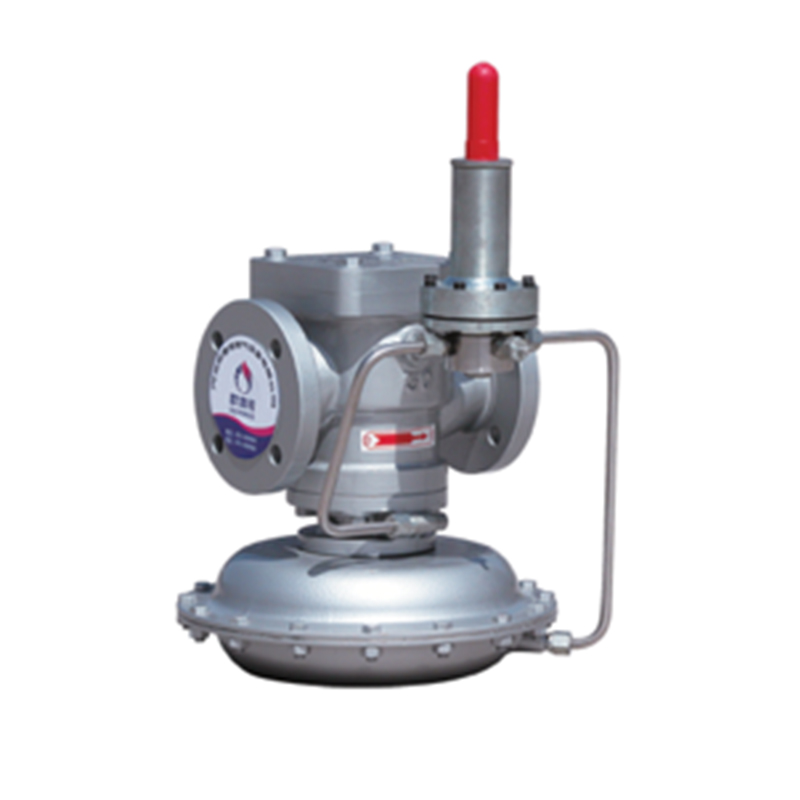
Nov . 19, 2024 12:00
Back to list
Exploring the Importance and Functionality of Shut-Off Valves in Fluid Control Systems
Understanding Shut-Off Valves Their Importance and Applications
Shut-off valves, often referred to as isolation valves, are critical components in various piping systems across multiple industries, including water treatment, oil and gas, chemical processing, and HVAC applications. These valves are designed to stop the flow of media—whether it be gas, liquid, or steam—by creating a tight seal when closed. This inherent ability to control flow is paramount for the safety, efficiency, and maintenance of piping systems.
Basic Operation of Shut-Off Valves
The primary function of a shut-off valve is straightforward to open and close a passageway through which fluids can flow. Typically, these valves operate through a simple mechanism. When the valve handle is turned or the actuator is engaged, the internal mechanism moves to either allow or block flow. The most common types of shut-off valves include globe valves, gate valves, ball valves, and butterfly valves. Each type has unique operational characteristics and is suited for specific applications.
1. Gate Valves These are primarily used for on/off control. They typically provide minimal resistance to fluid flow when open, hence they are ideal for applications where a straight-line flow is required. However, they are not suitable for throttling services.
2. Ball Valves Known for their robustness and reliability, ball valves utilize a spherical disc to control flow. They allow for quick shut-off and are suitable for high-pressure applications.
3. Globe Valves These valves are used for throttling and flow regulation. Their design promotes smooth flow, making them ideal for applications requiring precise control.
4. Butterfly Valves These valves consist of a rotating disc positioned in the center of the pipe. They are compact and lightweight, making them a popular choice for large pipelines.
Importance of Shut-Off Valves
1. Safety Shut-off valves are essential for ensuring the safety of piping systems. In the event of a leak or rupture, valves can be quickly closed to prevent the escape of hazardous materials, reducing the risk of accidents and environmental contamination.
2. Maintenance These valves enable maintenance and repair work to be carried out without having to drain the entire system. By isolating sections of the pipeline, operators can conduct repairs efficiently, minimizing downtime and associated costs.
shut-off valve

3. Control Shut-off valves provide system operators with the ability to control the flow of fluids effectively. This control is crucial for maintaining system pressure and ensuring the proper functioning of process equipment.
4. Flexibility The ability to isolate different sections of a piping system allows for flexibility in operations. Shut-off valves can facilitate scheduled maintenance or changes in system pressure without significant disruptions.
Key Considerations in Choosing Shut-Off Valves
When selecting a shut-off valve for a specific application, various factors must be taken into account
- Material Compatibility The valve material should be compatible with the media being transported. Corrosive substances require valves made from resistant materials, such as stainless steel or specialized alloys.
- Pressure and Temperature Ratings Each valve type has specific pressure and temperature ratings. It’s vital to choose a valve that can withstand the operating conditions of the system.
- Flow Capacity The valve should be selected based on the desired flow rate for efficiency. A valve that is too small can cause flow restrictions, while one that is too large can be costly and may not provide adequate control.
- Installation Space Some types of shut-off valves require more space for operation than others. Consideration of space constraints is vital in selecting the appropriate valve type.
Conclusion
In conclusion, shut-off valves play a pivotal role in modern industrial processes by ensuring safety, facilitating maintenance, and providing effective flow control. Their diverse designs accommodate a wide range of applications, making them invaluable components in piping systems. By understanding the different types, their operation, and the factors influencing their selection, professionals can optimize system performance and uphold safety standards across various industries. Given the importance of fluid control in today's complex engineering environments, the relevance of shut-off valves will only continue to grow.
Next:
Latest news
-
Safety Valve Spring-Loaded Design Overpressure ProtectionNewsJul.25,2025
-
Precision Voltage Regulator AC5 Accuracy Grade PerformanceNewsJul.25,2025
-
Natural Gas Pressure Regulating Skid Industrial Pipeline ApplicationsNewsJul.25,2025
-
Natural Gas Filter Stainless Steel Mesh Element DesignNewsJul.25,2025
-
Gas Pressure Regulator Valve Direct-Acting Spring-Loaded DesignNewsJul.25,2025
-
Decompression Equipment Multi-Stage Heat Exchange System DesignNewsJul.25,2025

